Listen to the new SDCELAR podcast: ‘Made in Latin America’
Listen to the new SDCELAR podcast: ‘Made in Latin America’
Made in Latin America is a podcast where SDCELAR curators and their Latin American colleagues describe objects and projects that deepen and challenge what we know about the region.
Throughout this series, items from a collection of over 60,000 objects, many of which have never been on display, will be discussed from various perspectives.
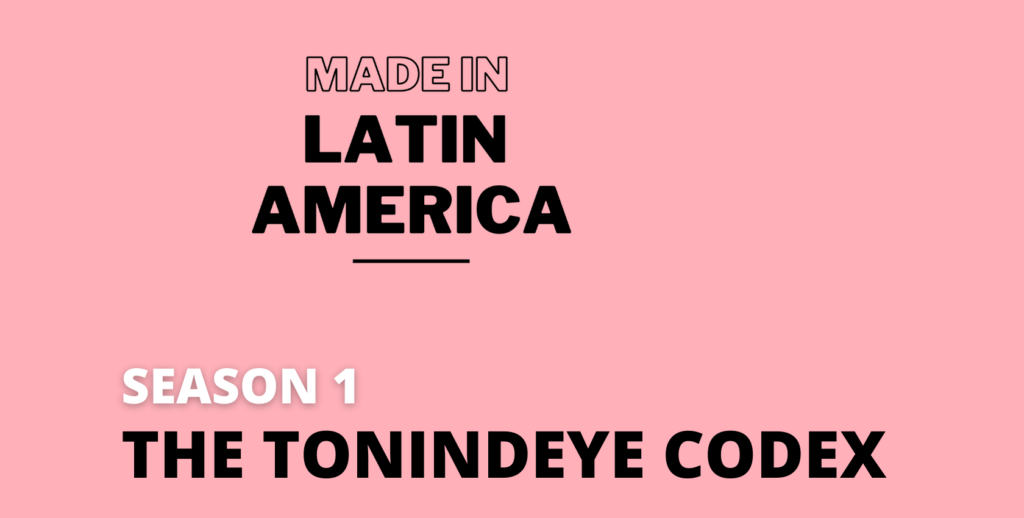
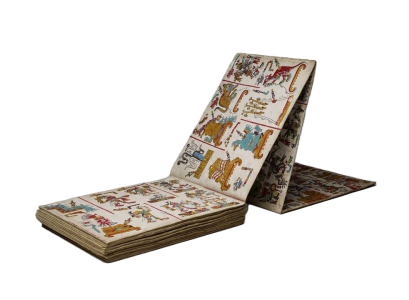
This first season explores one of the few pre-Hispanic pictorial manuscripts to still exist: the Tonindeye Codex. We will focus on contemporary Indigenous interpretations of this codex, which was crafted over 500 years ago in the Mixtec region in south-eastern Mexico.
The complex language in which it is written, a unique blue pigment with which it is painted, hallucinogenic practices, and a dramatic story told within its pages are some of the themes that inspire this season.
Throughout the episodes, you will hear from some of the Indigenous academics, artists and musicians who are currently working with this codex. We are especially grateful to Aurora Pérez Jiménez and Maarten Jansen, whose research on the Tonindeye Codex has made this podcast season possible.
Each episode will also include a vivid narration of the adventures of Lord 8 Deer Jaguar Claw, the protagonist of the codex voiced by Mixtec rapper Miguel Villegas Ventura.
The podcast hosts are British/Mexican anthropologist, Laura Osorio Sunnucks and Puerto Rican archaeologist, María Mercedes Martínez Milantchi, who are both SDCELAR curators.
This series has been possible due to the collaboration of:
Listen to the seven episodes of this first season on your favourite podcast platform or here:
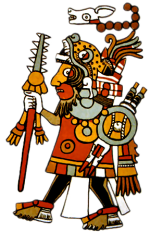
E7- New codices, new messages
Contemporary codices made by artists and activists use the format of the codex to express their political positions in Mexico and the US-Mexico border. What is their central message? * To see the codices we mention on the episode, click here.
E6 – Contemporary soundscapes
An immersive soundscape called ‘Saa Ñu’ú’ (Birds Clay) is the result of a project inspired by the Tonindeye codex. It combines Mixtec instruments and landscape sounds. * Watch Jorge Martínez Valderrama’s open studio here.
E5 – Hallucinogenic world
Lord 8 Deer, the protagonist of the codex, is shown under the effect of hallucinogens in the Tonindeye codex. What do these practices mean then and now?
E4 – Maya Blue: the enigmatic pigment
A special pigment found in the codex that is not only aesthetically pleasing but has amazing properties that artists and scientists are trying to replicate. *Find more information about the ‘Maya Blue’ project here.
E3 – The Ñuu Savi, People of the Rain
Meet the people behind the Tonindeye codex and their descendants. Many projects in this season are led by these Indigenous researchers. * Find here the app mentioned in this episode.
E2 – Deciphering pictographs
Written in pictographs, not alphabetic or syllabic writing. Who can read the codex and what does it say?
E1 – The Tonindeye Codex
The Tonindeye codex is 500 years old and one of the few surviving pre-Columbian pictorial manuscripts in Latin America. Why is it so fascinating and what stories does it tell?
Teaser Season 1
Produced by PRONK Productions
The Tonindeye codex
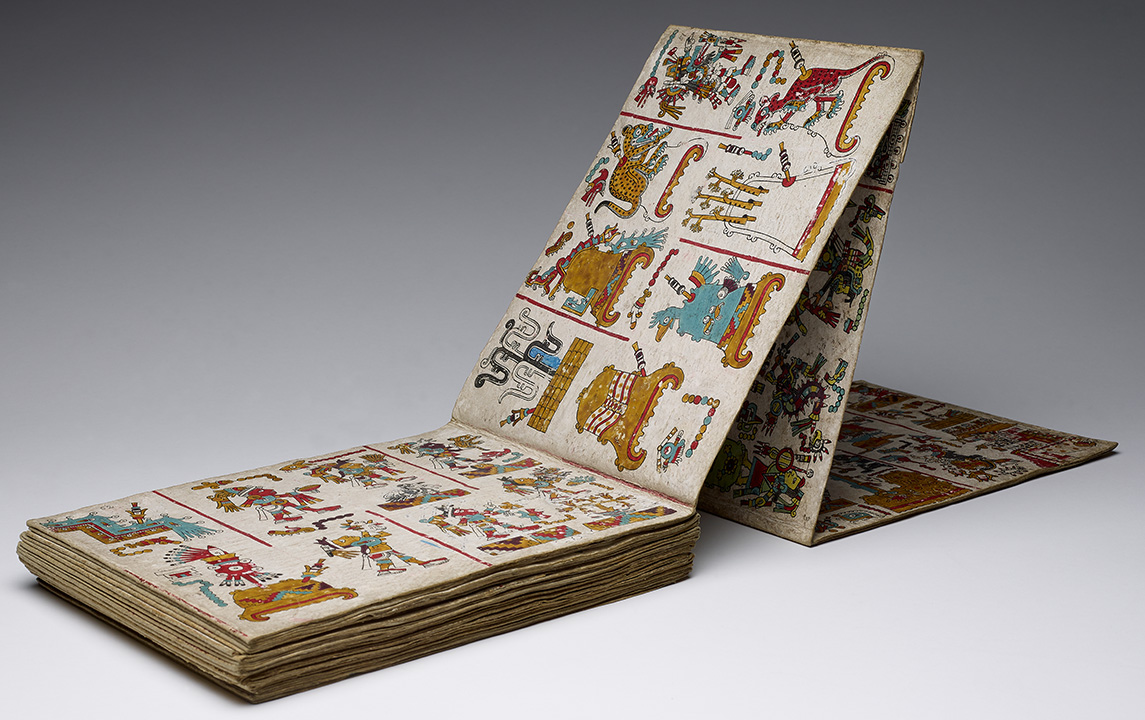
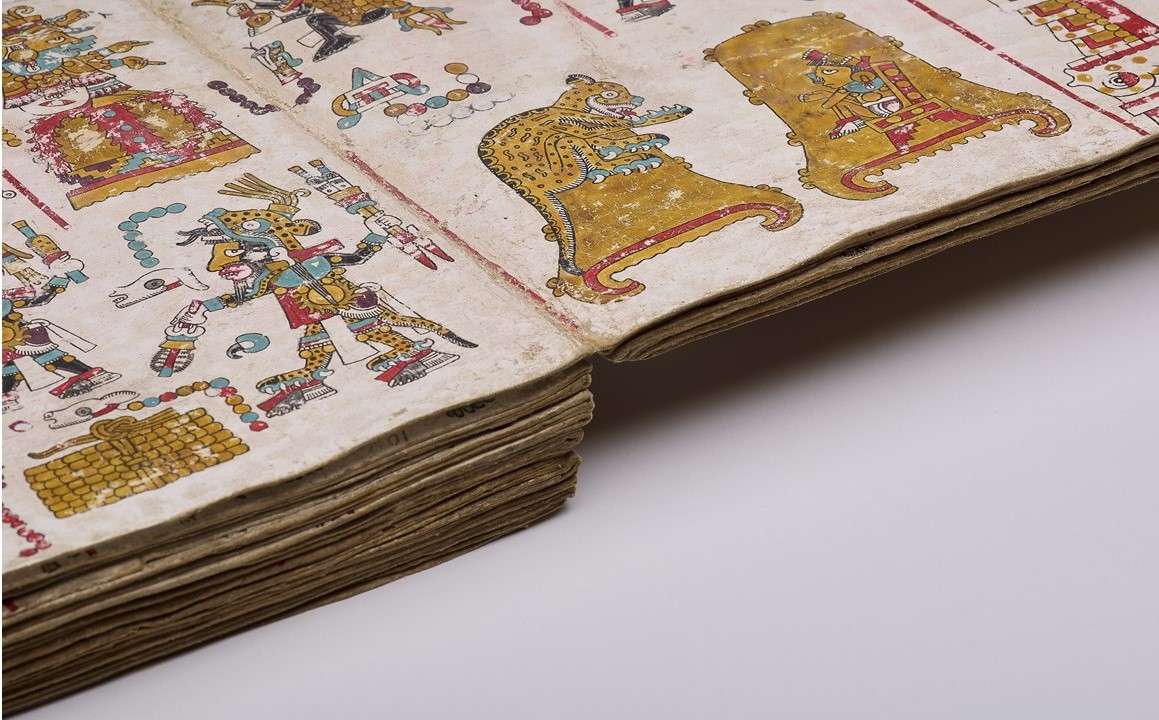
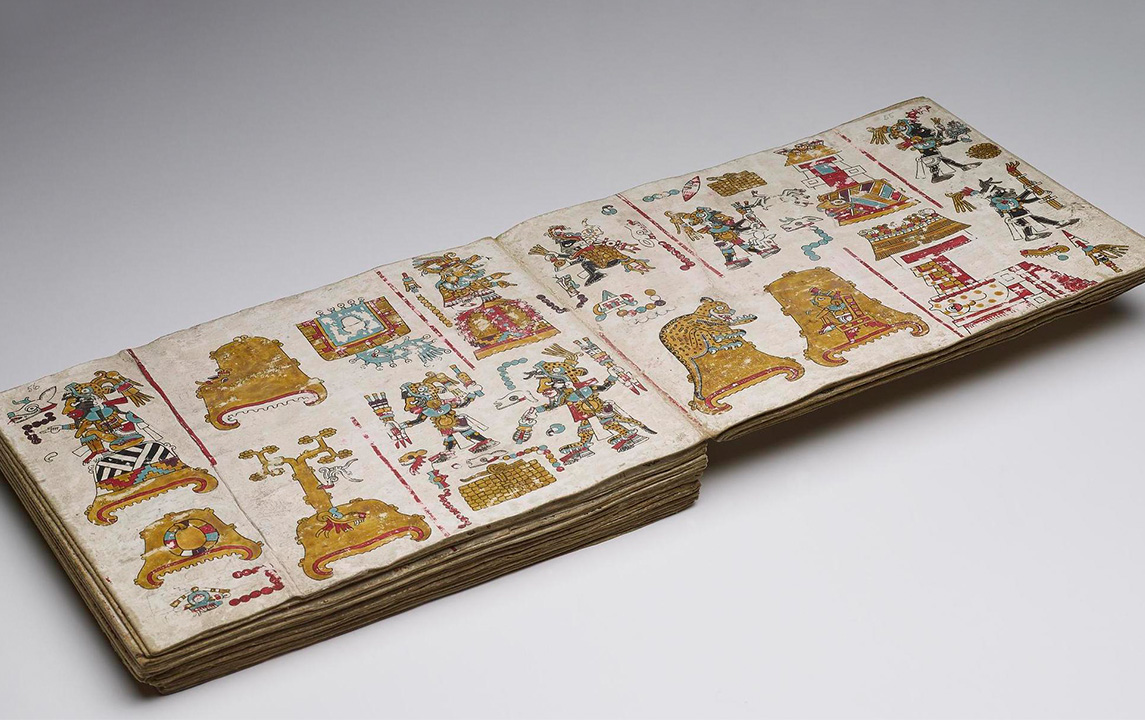
For more images, click here.
Publications related to women’s and maternal health with Wixárika communities by the author of this exhibition
Gamlin, Jennie B. (2013)
Shame as a barrier to health seeking among indigenous Huichol migrant labourers: An interpretive approach of the “violence continuum” and “authoritative knowledge”
Social Science and Medicine 97 75-81
Gamlin, Jennie B. (2023)
Wixárika Practices of Medical Syncretism: An Ontological Proposal for Health in the Anthropocene
Medical Anthropology Theory 10 (2) 1-26
Gamlin, Jennie B. (2020)
“You see, we women, we can’t talk, we can’t have an opinion…”. The coloniality of gender and childbirth practices in Indigenous Wixárika families
Social Science and Medicine 252, 112912
Jennie Gamlin and David Osrin (2020)
Preventable infant deaths, lone births and lack of registration in Mexican indigenous communities: health care services and the afterlife of colonialism
Ethnicity and Health 25 (7)
Jennie Gamlin and Seth Holmes (2018)
Preventable perinatal deaths in indigenous Wixárika communities: an ethnographic study of pregnancy, childbirth and structural violence BMC
Pregnancy and Childbirth 18 (Article number 243) 2018
Gamlin, Jennie B. and Sarah J Hawkes (2015)
Pregnancy and birth in an Indigenous Huichol community: from structural violence to structural policy responses
Culture, health and sexuality 17 (1)
